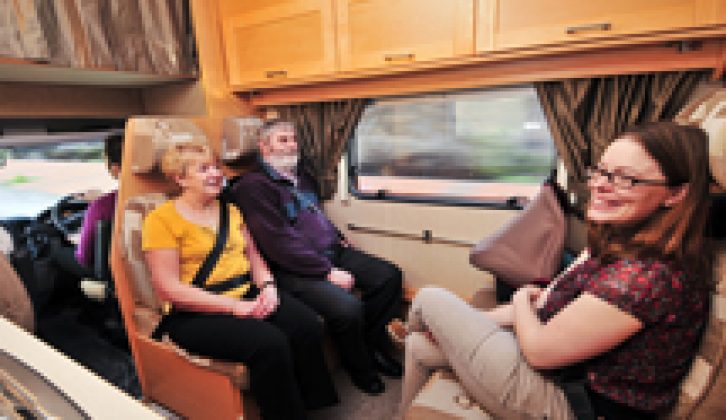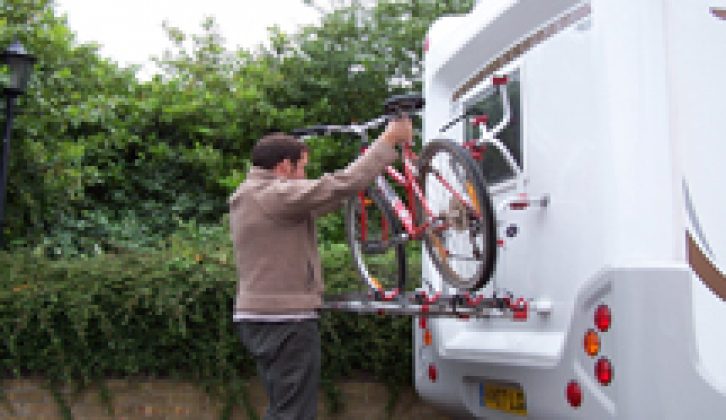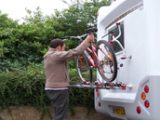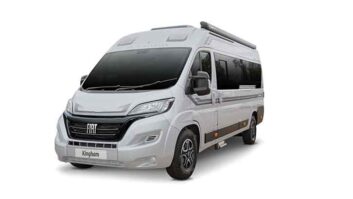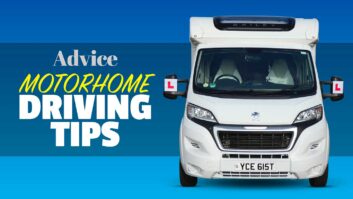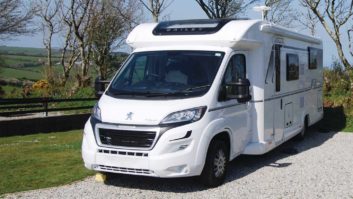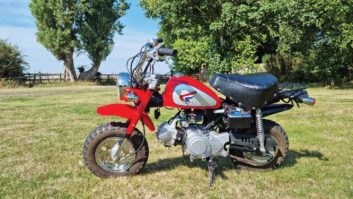The ’van you’re interested in may tick all the boxes in terms of layout, price and condition but there’s only one way to find out whether you’ll be happy touring in it – get behind the wheel and drive it for yourself. Follow our advice on how to get the most out of a test drive, and discover the best ways of putting a motorhome through its paces.
1. Make an appointment, as few dealers will be able to make a specific test vehicle available at short notice. It is best to take plenty of time to cover every detail, so ask the sales person about planning a route and make any other specific requests, such as loading and additional passengers. If you’re test driving a demonstrator model, check whether it has the same engine and specification as the model you are considering as a purchase.
2. If it’s an older motorhome you want to try, ask if you can start it yourself (if the engine is warm when you arrive, it may have been pre-warmed to disguise starting difficulties). If the clutch bites at the top of the pedal’s travel, it’s probably worn, so ask about a replacement. If the steering pulls to one side, the tracking needs to be adjusted. If there’s a lot of play in the steering wheel, the steering gear may be worn and that is fairly serious.
3. [tl:gallery index=1 size=215×129]Take the maximum number of passengers you are likely to be carrying: can their feet touch the floor? Is there enough room for a child booster seat? Will the heater or air-conditioning be up to the job in extreme conditions? If possible, simulate a full load – if it’s a garage model, ask the sales person if you can load your bikes or scooter to see how the motorhome copes with the weight distribution. If you like to drive with a full water tank, ask to fill it. Ideally, visit a weighbridge to check the motorhome’s weight, either unladen or, better still, with your kit in it. (Remember, many weighbridges need to be booked in advance.)
4. Plan your route to sample all possible driving conditions and make it long enough so that you can get a genuine feel for the comfort levels of the travel seats. Include a steep hill, a section of motorway or dual carriageway and some urban driving. Try a hill start, to see how the clutch feels. Consider long-trip factors: for example, will the stereo provide enough volume for all passengers to easily listen to audio books or music on long journeys?
5. Does the motorhome fit in your driveway? If the dealer is local and your drive is difficult to get into, it’s worth checking to see how easily you can park. Consider whether it will be more difficult to negotiate at night and assess the security of where you intend to park. Check how easy it would be to empty the waste outlet on a campsite with no dedicated service point. Can you fit an extension to empty the waste water into an ordinary drain?
6. Try parking, as you would on tour – if you prefer smaller motorhomes and like to park in town centres, see how this works. If it’s an older motorhome, will anyone else likely to drive the motorhome be able to cope without power steering? If you sometimes drive alone, try parking on your own. If the motorhome is an A-class (which may have only one cab door), or an import with an offside habitation door, where will each passenger alight?
7. Do any retro-fitted accessories, such as reversing sensors, work as they should? Consider which accessories you need to fit and how these might affect visibility. The obvious one is a rear cycle carrier, which lengthens the vehicle and restricts your rearward view.
8. Cover all the angles. Simulate any difficult visibility conditions you may face, particularly if driving abroad, such as driving on the right-hand side of the road and turning left down a hill, with poor visibility of oncoming traffic. Can your passenger see enough to tell you when it’s safe to pull out and will rear passengers obscure the view?
9. [tl:gallery index=2 size=215×129]Do any retro-fitted accessories, such as reversing sensors, work as they should? Consider which accessories you need to fit and how these might affect visibility. The obvious one is a rear cycle carrier, which lengthens the motorhome and restricts your rearward view.
10. Identify the best service agent for the base vehicle in terms of quality of service, size of workshop (availability of short-term servicing) and cost. Ideally, this will be the supplying dealer or one of its sub-contractors. Consider spare parts costs and servicing cost over the vehicle’s life span.

